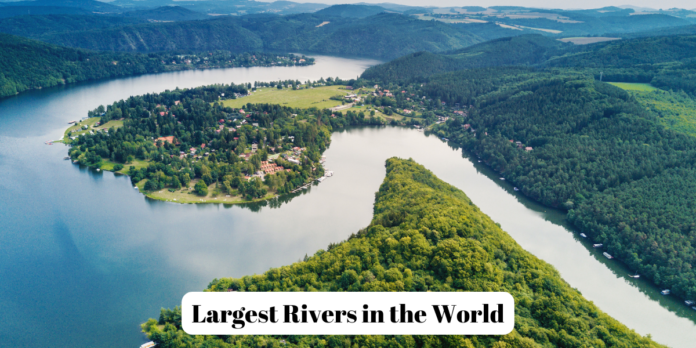Largest Rivers in the World
Largest Rivers in the World: Rivers, with their meandering paths and ancient flow, hold a special place in the tapestry of our planet. Among them, some stand as colossal giants, etching their stories across vast continents. In this exploration, we unveil the marvels of nature – the 10 largest rivers that have sculpted landscapes, nurtured civilizations, and woven the intricate threads of life.
List of 10 Largest Rivers in the World
Check the list of the top 10 largest rivers in the world. These mighty rivers, with their ancient currents and diverse landscapes, continue to shape the regions they traverse. As we appreciate their grandeur, let us also recognize the responsibility to preserve and protect this natural wonder
Amazon River (South America)
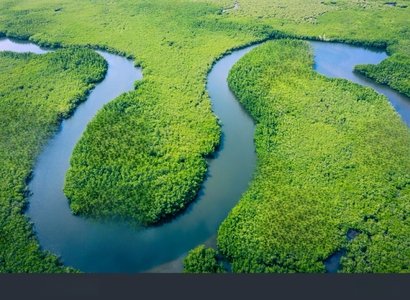
Topping the list as the world’s longest river, the Amazon spans over 6,400 kilometers. Its journey through the Amazon Rainforest, often called the “lungs of the Earth,” showcases unparalleled biodiversity, symbolising ecological importance.
Nile River (Africa) – Biggest River on Earth 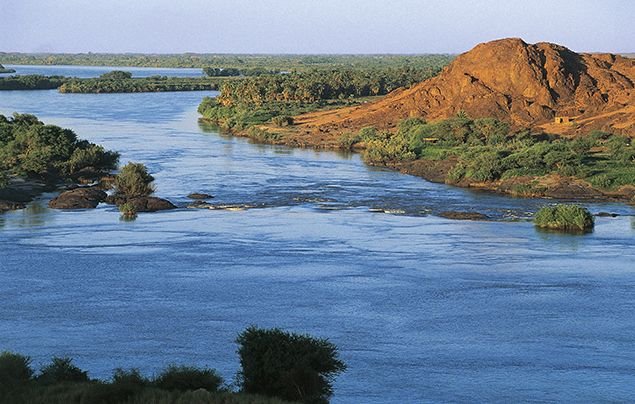
The Nile, synonymous with ancient civilizations like Egypt, stretches over about 6,650 kilometers. The Nile Delta, nurtured by the river’s flow, has been a cradle for one of the world’s oldest civilizations, leaving an indelible mark on human history.
Yangtze River (China)
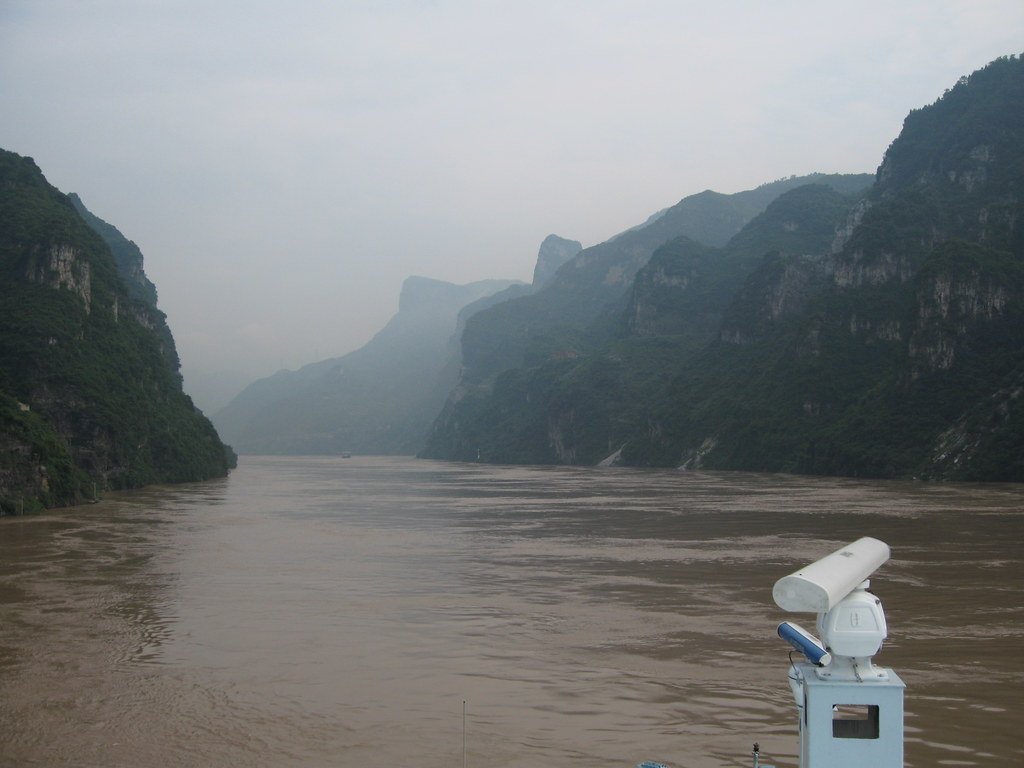
Winding through the heart of China for approximately 6,300 kilometres, the Yangtze stands as Asia’s longest river. The controversial Three Gorges Dam on the Yangtze has altered the river’s course and ignited discussions on environmental impact.
Mississippi-Missouri River System (North America)
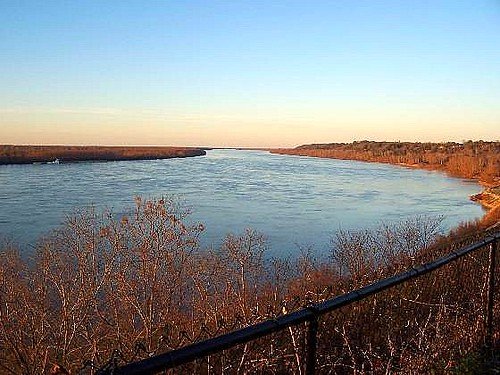
Combining the Mississippi and Missouri rivers, this river system spans over 6,275 kilometers, playing a pivotal role in American history. The Mississippi River, a historic trade route, has shaped the development of cities along its course.
Yenisei-Angara-Irkutsk River System (Russia)
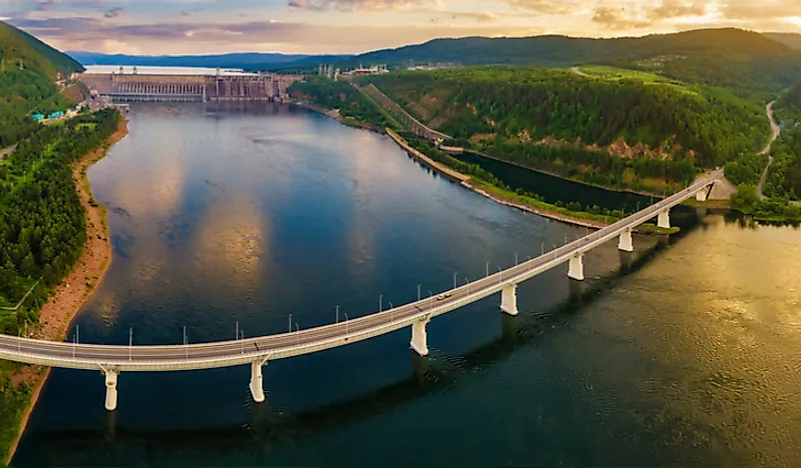
Covering a vast expanse of Siberia, this river system, extending over 5,500 kilometers, is a vital part of the Siberian landscape. The Yenisei River’s frozen embrace during winter significantly impacts the lives of those dwelling along its shores.
Yellow River (China)
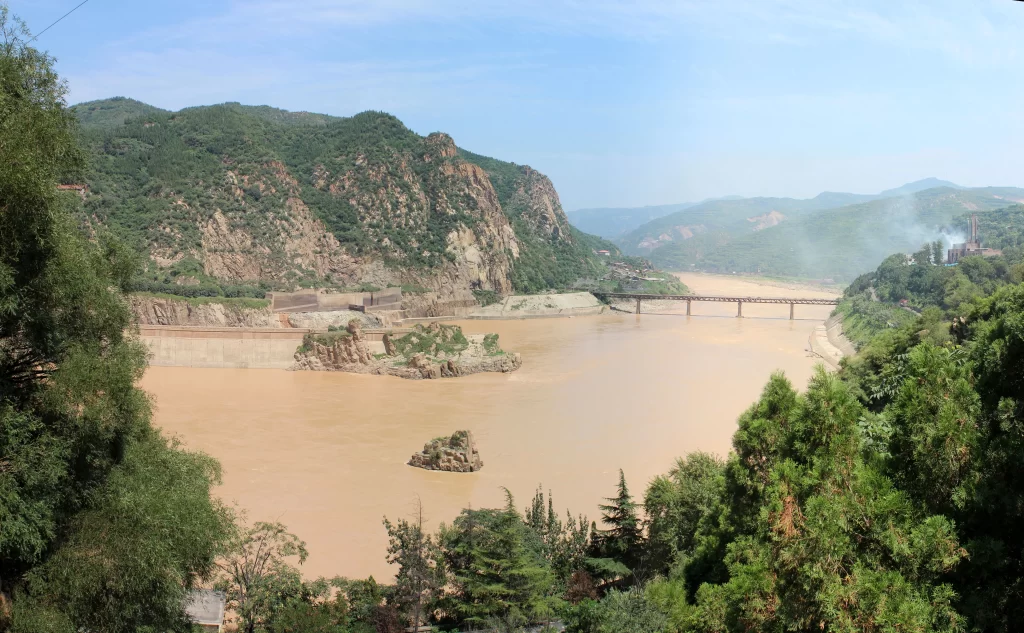
Known as the “Cradle of Chinese Civilization,” the Yellow River winds over 5,464 kilometers. With a history marked by both sustenance and devastating floods, it has earned the poignant nickname “China’s Sorrow.”
Parana-Paraguay River System (South America)
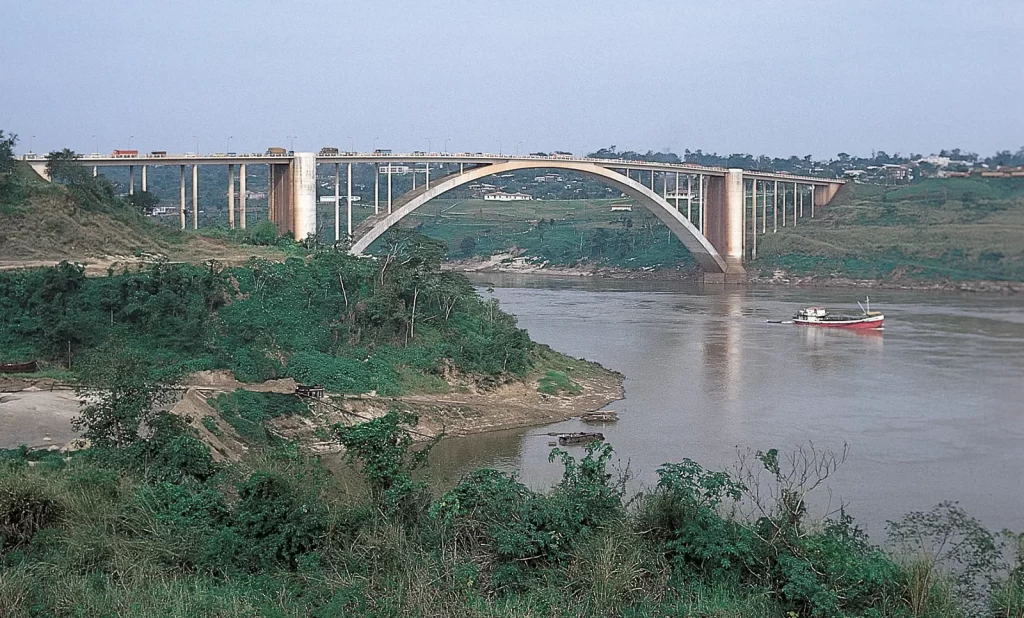
Forming a massive system over 4,880 kilometers, the Parana and Paraguay rivers sustain rich ecosystems, including the breathtaking Iguazu Falls. Beyond their natural wonders, these waterways are crucial transportation routes.
Ob-Irtysh River System (Russia/Kazakhstan/China/Mongolia)
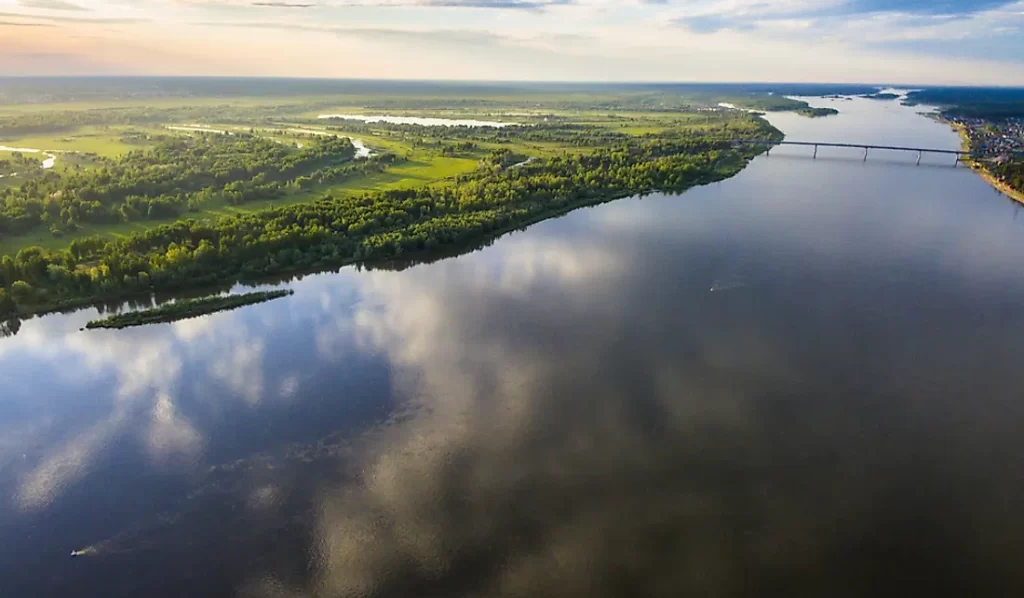
Cutting through vast expanses of Siberia, the Ob-Irtysh River System spans more than 5,300 kilometers. Its flow is essential to the biodiversity of the region, emphasizing the delicate balance between nature and human activities.
Congo River (Africa)
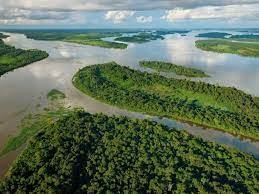
The Congo River, at about 4,700 kilometers, stands as the second-longest river in Africa. Its journey through the dense Congo rainforest is a journey through a treasure trove of unique wildlife and ecological wonders.
Amur-Argun River System (Russia/China/Mongolia)
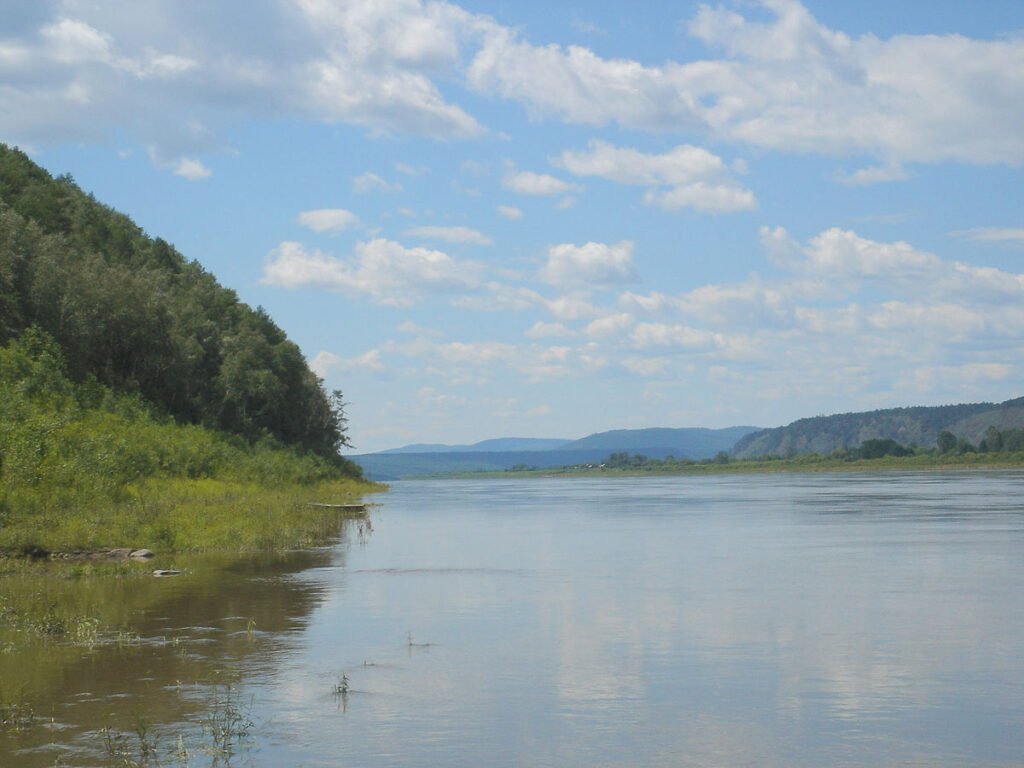
Combining the Amur and Argun rivers, this significant river system extends over 4,444 kilometers, serving as a natural border between Russia and China. Beyond its strategic importance, it represents the harmonious coexistence of diverse nations.
